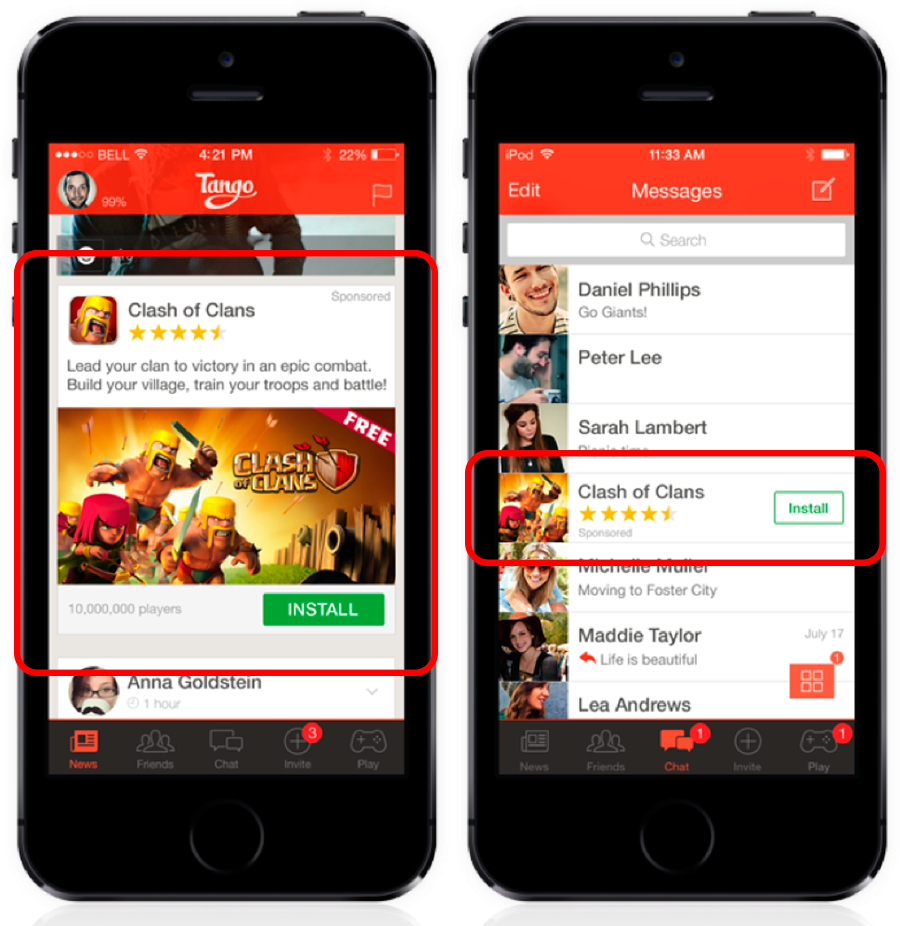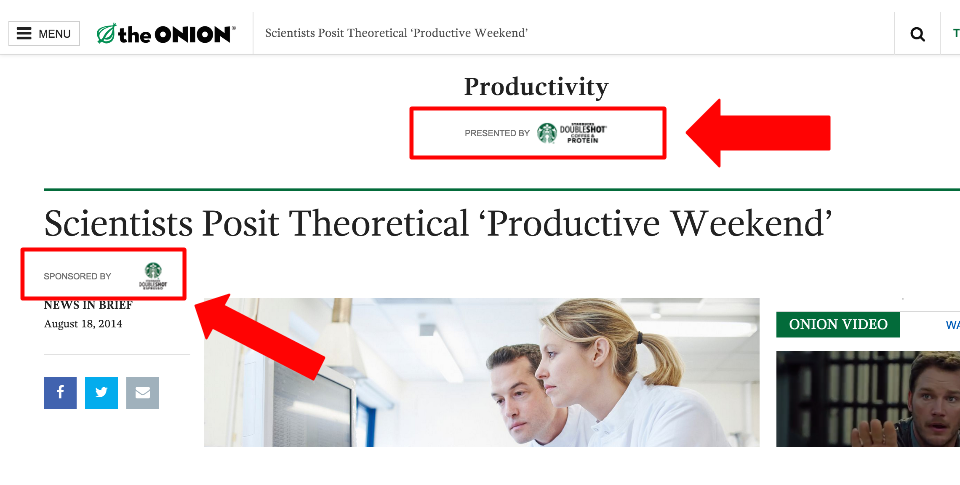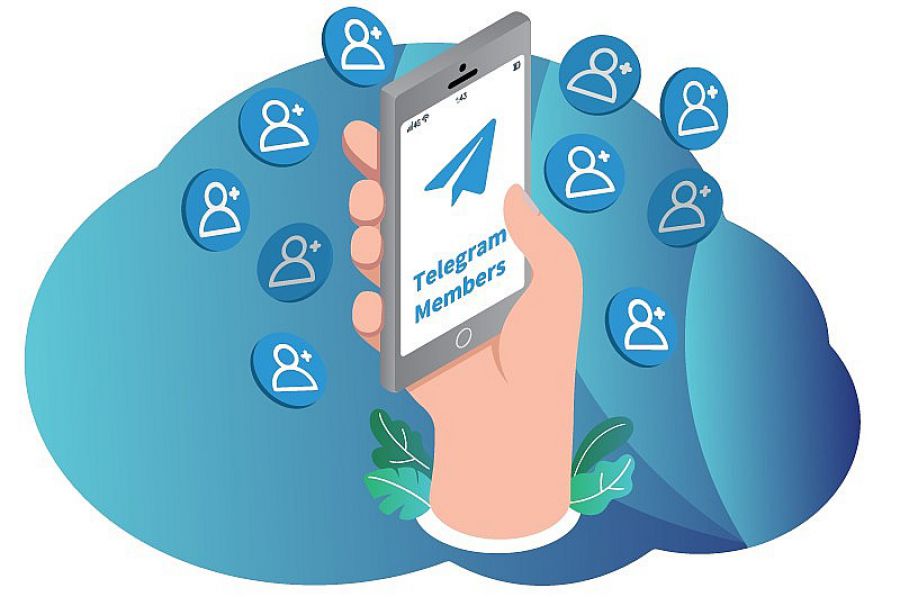What is Native Advertising: Examples, Types, Pros and Cons

Native advertising is a form of advertising that blends seamlessly with the natural context and integrates into the user experience of the platform on which it appears. It is called "native" because it strives to appear natural and not evoke user rejection.
The importance of native advertising in modern marketing
Unlike traditional forms of advertising such as banners or pop-ups, native advertising aligns with the design and style of the platform where it appears. It can include articles, videos, recommendations, reviews, and other content formats that seamlessly integrate within the platform and appear as its organic part.
The goal of native advertising is to provide advertisers with an opportunity to reach their audience in a more natural way, minimizing user irritation and creating a more positive user experience.
Native advertising holds significant importance in modern marketing for several reasons:
- Improves user experience: Native advertising integrates into the content and design of the platform, making it more organic and less intrusive for users. It doesn't interrupt the user experience but rather offers useful information or entertainment that aligns with user expectations.
- Bypasses ad blockers: Many people use ad blockers in their browsers, but native advertising bypasses these extensions and still captures attention since it is part of the content.
- Increases engagement: By using native advertising, marketers can create content that attracts and captivates their target audience. Due to its integration within the platform, native advertising can garner more user attention and foster engagement.
- Enhances trust and reputation: When native advertising is presented in a natural form and aligns with the platform's context, it can generate greater trust among users. This can strengthen a brand's reputation and contribute to long-term customer relationships.
- Improves advertising campaign results: Native advertising typically exhibits higher effectiveness and conversion rates compared to traditional forms of advertising. Through better integration and engagement, it can attract a larger target audience, improve click-through rates, and increase conversions.
- Aligns with mobile platform requirements: In today's world, where mobile devices are increasingly popular for internet access, native advertising holds great significance. It can be adapted for mobile platforms and provide a positive user experience on mobile devices.
Limitations and risks of native advertising
While native advertising has its advantages, it also has some drawbacks that should be taken into consideration:
- User deception: Sometimes, native advertising can be organized in a way that users may mistake it for organic content. This can lead to confusion and mistrust, especially if the advertising represents a hidden form of product or service promotion.
- Ethical concerns: In some cases, native advertising may aim to deceive users or covertly promote specific products or services. This can elicit a negative reaction from users and impact the brand's reputation.
- User choice limitations: Native advertising can be integrated into content streams or recommendations, limiting the visibility of other organic materials. This can reduce user freedom of choice and create a sense of information limitation.
- Content overload: When native advertising becomes overly pervasive on a platform, it can result in content overload and deteriorate the user experience. If the advertising becomes too intrusive or fails to meet user expectations, they may become disillusioned and disengaged from the platform.
- Data privacy: Some forms of native advertising require the collection of user data for personalization and improvement of advertising campaigns. This can raise concerns about data privacy and the use of personal information.
- Uniqueness and cost: Effective native advertising is unique, which means it may require a substantial investment or significant time spent developing the idea.
It is important to understand these drawbacks and apply native advertising with consideration for ethical and user interests in order to achieve the best results and maintain a positive interaction with the audience.
Types of native advertising
Native advertising offers various types and formats that marketers can utilize in their advertising campaigns. Here are some of the most common types of native advertising:
- Sponsored articles and recommendations: This is one of the most popular forms of native advertising. In this format, advertisers can sponsor the creation of articles or content that aligns with the interests and values of the platform's audience. Articles can be labeled as "sponsored" or "recommended" to distinguish them from organic content.
- Promoted posts and videos on social media: This format of native advertising allows advertisers to promote their posts or videos on social media. They appear in users' news feeds and are integrated with other content. This is the essence of social media marketing.
- Advertising partnerships with influencers: In this case, advertisers collaborate with influential individuals such as bloggers or celebrities to capture attention and build trust with the audience. Influencers integrate the product or service into their content or create specialized content that aligns with their style and theme.
- Integration within mobile applications: This type may involve integrating advertising elements into the user interface of mobile applications or offering interactive formats, such as gaming tasks.
- Interactive advertising elements: Within native advertising, interactive elements can be used, such as surveys, polls, games, or embedded widgets.
- Integration within games: Native advertising can be integrated into gaming applications and gameplay. For example, advertising messages or brands may appear within the game world or be part of gaming events.
It is important to note that these types of native advertising are not an exhaustive list, and other formats can be used in advertising campaigns by combining different elements. The specific choice of native advertising types depends on the target audience, platform, advertiser's goals, and context of use.
Examples of native advertising
Articles and recommendations
Let's be honest, even this article is native advertising. We provide you with valuable information that you were looking for, and in return, you visit our website and see the Popsters logo along with a compelling offer to try our free plan for using our convenient social media analytics service.
By the way, recommendations like "Read also..." and "Popular articles" are also native advertising. Even this text is native advertising.
Social media and SMM
You open your favorite social media platform on February 14th and come across a post with a greeting featuring the Coca-Cola logo and a video of someone sipping a refreshing beverage through a straw. No one explicitly told you to "go and buy Coca-Cola," but you suddenly felt the desire, right? That's native advertising.
Or let's say you're watching a video from your favorite YouTuber, and they just released a review of the new Samsung smartphone. They provide you with valuable content, while at the same time, native advertising promotes the phone.
Mobile apps and videogames
In mobile applications, native advertising typically appears as separate ads but seamlessly integrated with the style and design (as shown in the image above).
However, there is native advertising that directly becomes part of the content. For example, the fourth season of the game Fortnite was dedicated to Marvel, featuring character skins in the style of superheroes from the universe:
Sponsorship materials
An example of sponsored content can be seen in an article by The Onion, an American satirical news agency. Once, the platform published an article stating that productivity is possible even on weekends. The article concluded by highlighting that motivation and a double espresso from Starbucks contribute to this phenomenon.
Conclusion
In general, native advertising represents an effective way to engage with the audience, create a positive interaction experience, and achieve marketing goals. However, for its successful implementation, it is crucial to consider user interests, maintain transparency, and adhere to ethical principles.
Incorrect usage or abuse can lead to user confusion, ethical violations, and limited choices. Therefore, it is important to apply native advertising while considering user interests and expectations, ensuring transparency, and upholding ethical standards.
Useful article on a similar topic:
- Engagement Social Media Post Ideas to Boost Audience Activity.
Try Popsters Trial plan to get content activity statistics of any pages for a next 7 days for free
Try for free













